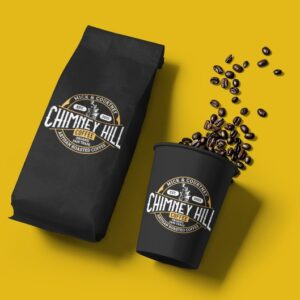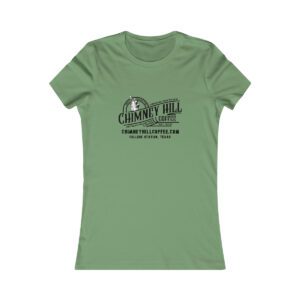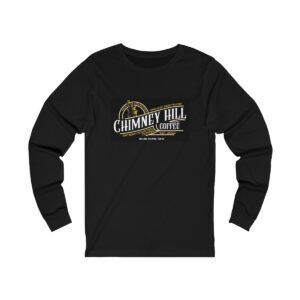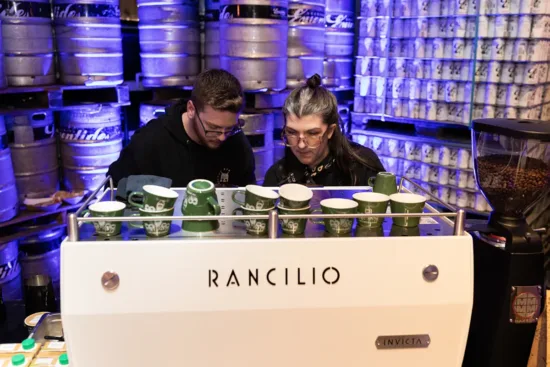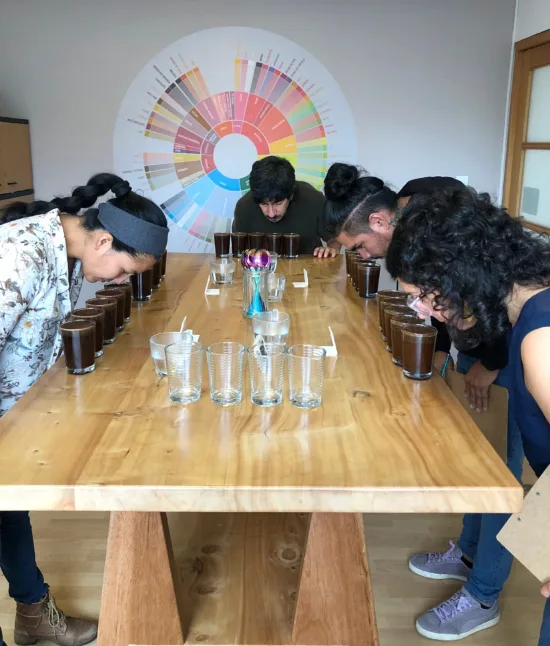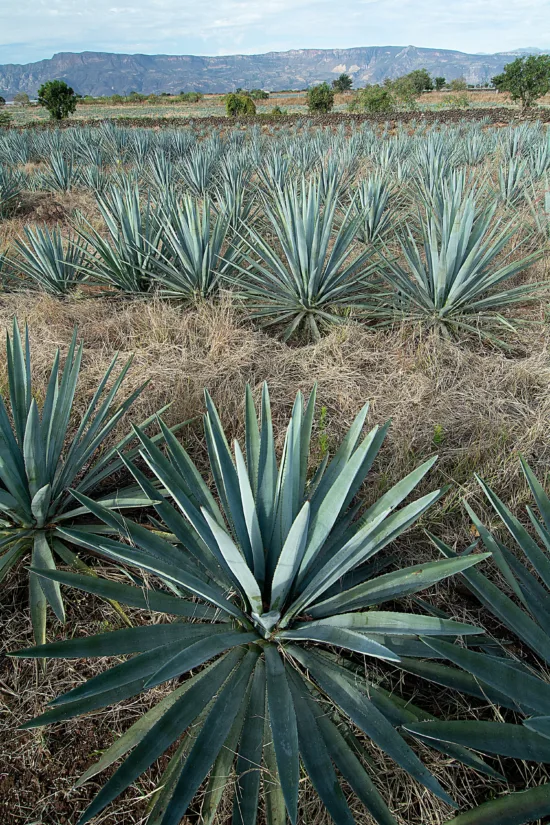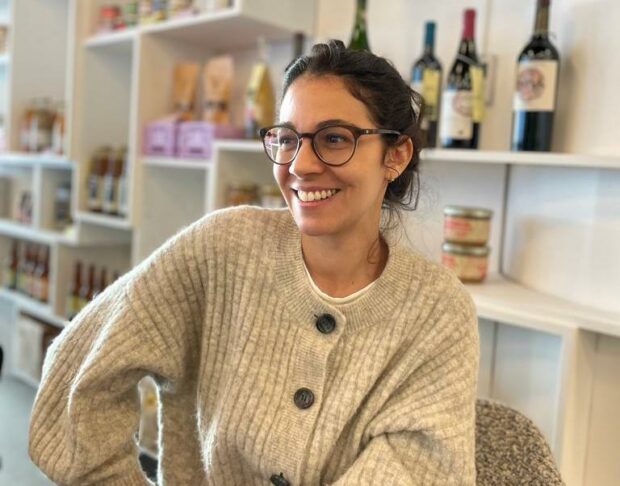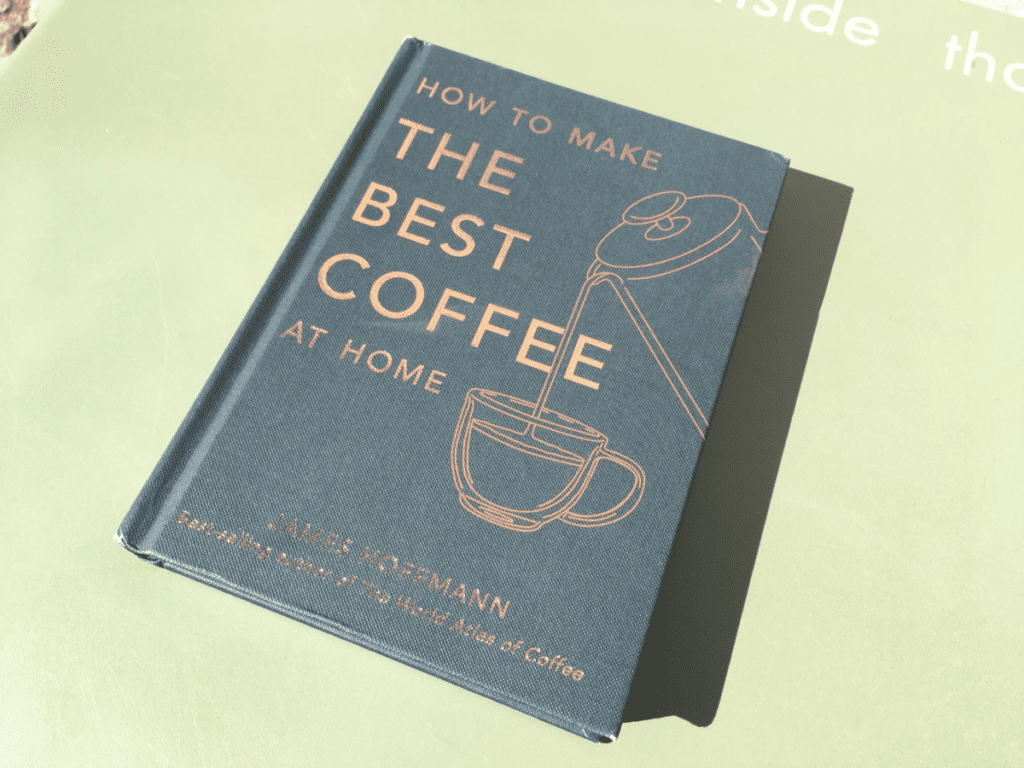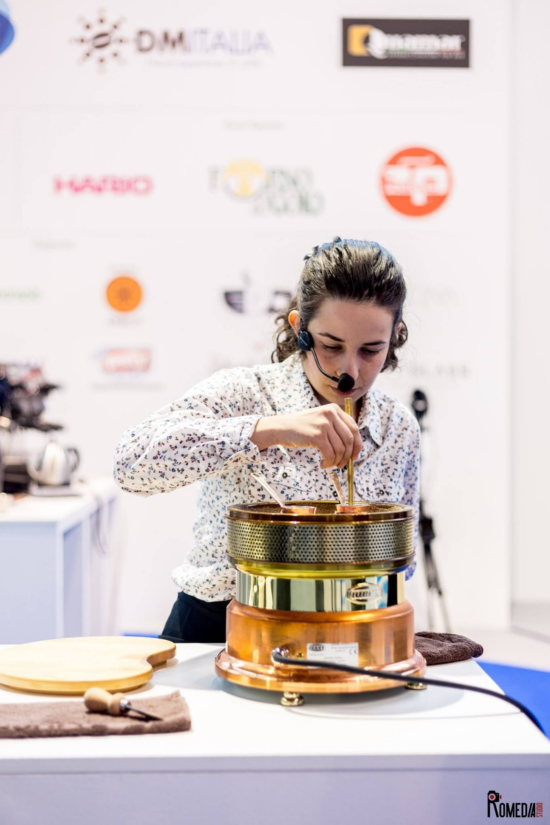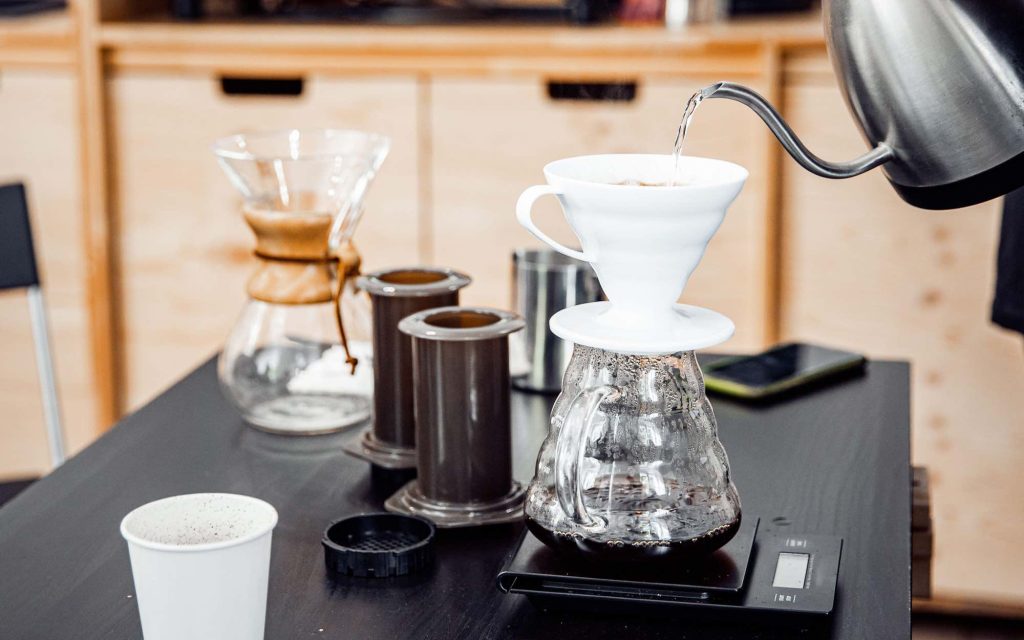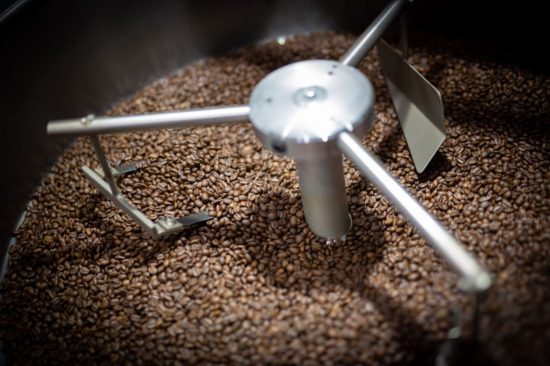The Malaysian capital is often visited in a hurry, but visitors who take the time to explore will discover a welcoming city, thanks in part to its friendly specialty cafés. BY TANYA NANETTI SENIOR ONLINE CORRESPONDENT Photos by Tanya Nanetti Kuala Lumpur, the capital...
HOW TO BE A BETTER CUPPER
HOW TO BE A BETTER CUPPER
HOW TO BE A BETTER CUPPER
HOW TO BE A BETTER CUPPER
HOW TO BE A BETTER CUPPER
HOW TO BE A BETTER CUPPER
Thread Coffee Roasters Opens Tailor-Made Roastery in Baltimore
The interwoven actions of Thread Coffee Roasters in Baltimore are finding exponentially more space this week with the grand opening of a brand-new production roastery and training lab. The worker-owned...
Toronto’s Pilot Coffee Roasters Acquiring Bridgehead Coffee for $3.6 Million
Toronto, Ontario-based specialty coffee roaster and retailer Pilot Coffee Roasters is acquiring Ottawa-based Bridgehead Coffee in a deal worth approximately US$3.6 million. Bridgehead, which has 21 coffee shop locations throughout...
Baking With Coffee For Beginners
This article is from the coffee website Sprudge at http://sprudge.com. This is the RSS feed version. Where to get started when introducing coffee to your bakes.
Bypass coffee brewing: How can it improve extraction?
There is a lot of science to brewing coffee. Whether knowingly or unknowingly, we trigger – and try to control – an almost endless number of chemical reactions to achieve the perfect extraction. To do so, we have to tweak different variables – such as grind size,...
Hawaiian Legislators Introduce Bills for Stricter Coffee Labeling
Legislators representing the Kona district of Hawaii have introduced a series of bills that would require more strict labeling requirements for single-origin coffees and blends containing Hawaiian-grown coffees. Some Kona...
New AFCA Director Gilbert Gatali on the 20th African Fine Coffees Conference
As the African Fine Coffees Association (AFCA) prepares for the 20th iteration of its flagship event, the African Fine Coffees Conference and Exhibition, the group is operating under new executive...
Philadelphia’s Café Don Pedro Seeks to Build Up Small Businesses
A Dominican-owned coffee roasting company called Café Don Pedro recently launched in Philadelphia with ambitions for direct trading and boosting more Latino-owned small businesses throughout its supply and distribution networks....
How much do you over-extract coffee in recipes?
This is sort of an odd question, but it's not a troll. While I love brewing specialty coffee, I also enjoy frappes (with or without ice cream). A major hurdle when using my espresso has been that while the final beverage tastes fine, the coffee is just too high...
Sprudge Maps Spotlight: Little Bear Coffee In Albuquerque, NM
This article is from the coffee website Sprudge at http://sprudge.com. This is the RSS feed version. Little Bear Coffee in Albuquerque, New Mexico.
Starbucks Will Hold their Own Barista Championship Thank You Very Much
This article is from the coffee website Sprudge at http://sprudge.com. This is the RSS feed version. The North American Barista Championship is expected to host over 15,000 Starbucks hourly workers.
What I Learned from My First Tea Ceremony
After taking in a brief moment of a tea ceremony in Thailand, I finally had the chance to participate in the full experience recently in Malaysia. BY TANYA NANETTI SENIOR ONLINE CORRESPONDENT Photos by Tanya Nanetti In the years that I worked as a barista in a café,...
Why it’s easier for wealthier producers to grow specialty coffee
It takes money – and sometimes a lot – to grow specialty coffee. Producers not only need to continuously maintain and improve quality and yields, but they also have to invest back into their farms. Whether it’s replacing equipment and machinery or planting more...
Does specialty Robusta exist?
Hello! Has anyone tried 'specialty robusta'? I work with specialty cacao, and I often observe Robusta shrubs being cultivated at lower altitudes alongside cacao trees. Some farmers are experimenting with carbonic maceration to enhance the marketability of...
[MOD] The Daily Question Thread
Welcome to the daily /r/Coffee question thread! There are no stupid questions here, ask a question and get an answer! We all have to start somewhere and sometimes it is hard to figure out just what you are doing right or doing wrong. Luckily, the /r/Coffee community...
The Sprudge Guide To Coffee Shops In Vancouver, BC
This article is from the coffee website Sprudge at http://sprudge.com. This is the RSS feed version. Where to drink coffee in Vancouver, British Columbia, Canada.
Coffee Machine (High density use)
Hi everyone, i am new in this coffee world and i am looking to buy me a coffee machine to setup a small business. I am looking for affordable machine that is good for high density use. Im open for any recommendation and opinion. Thank you guys! Here is what ive found...
Which to buy first?
Hi there, mostly a lurker until now. I'm trying to incentivize myself towards some goals and decided that rewarding myself with a better coffee set up upon reaching those goals would be great. I plan to get myself one nice thing when I reach my intermediate goal...
[MOD] The Official Deal Thread
Welcome to the /r/Coffee deal and promotional thread! In this weekly thread, industry folk can post upcoming deals or other promotions their companies are holding, or promote new products to /r/Coffee subscribers! Regular users can also post deals they come across....
The London Coffee Festival has just more than doubled its ticket price
Last year: £18 This year: £38 Unbelievable. It’s the same venue and same setup. I’m just an ordinary coffee fan and every year I spend a lot buying roasts and equipment there. submitted by /u/gahgeer-is-back [link] [comments]
Explain making good coffee to me like I’m 5.
Hi everyone, I’m not new to drinking coffee, but I’d like to start making it (well) at home myself. I’m totally clueless. I have an old Keurig that I rarely use, as well as a basic Mr. Coffee maker. Usually I buy dark roast ground coffee (I do like a good, strong cup...
Seeking instant test for rough caffeine level in coffee
About once a month, some inattentive barista gives me regular coffee by mistake, which is a bummer. I drink decaf. So when I get coffee at a cafe, I'd like to do an instant test of the rough caffeine level by dipping a strip into the coffee. Something analogous...
Questions/thoughts on cardamom-forward "thermal shock" processed coffees.
Hey everyone, Having a cup of Buttercream from September roasters and got to thinking. This is the second thermal-shock processed coffee I have had with this huge, distinctive cardamom note (The other being DAK milky cake which is also from Colombia, but from a...
Third Wave Coffee brands
Greetings to all, I am reaching out to this knowledgeable community with a query regarding the recognition of coffee brands within the third wave coffee movement. Is there an existing, publicly accessible list that categorizes and acknowledges coffee brands as part of...
HOW TO BE A BETTER CUPPER
Ahead of the launch of Prodigal, Mark and I cupped for a minimum of one hour each morning. Having such a routine allowed us to calibrate well after cupping more than 2000 samples together. Those sessions also taught us a lot, some of which I’d like to share here.
First, I want to credit Ryan Brown. Over the years, I learned a lot not just from cupping with Ryan, but from throwaway remarks he would make. To him, many of those remarks were the equivalent of cupping small talk. To me, they often held pearls of hard-earned wisdom. Ryan is rigorous in creating systems that prevent bias and help to confirm his findings about samples. A good green buyer cups each sample multiple times on multiple days and does everything possible to avoid bias.
Until launching Prodigal, most of my cupping was done through the eyes of a production roaster and cupping was mostly an exercise to evaluate roast quality. I focused on problems of baking, roast development, side effects of excessive conduction, and the like. I did not cup to intensely analyze the merits of one green lot vs another. But production-roast cupping improved my green-evaluation skills.
Herein are what I consider some cupping best practices.
Always cup blindly
This rule may seem obvious, but in my experience, few roasters follow this rule religiously. I get it: cupping blindly with others can be embarrassing and humbling. But cupping isn’t a competition. You can either protect yourself from looking bad, or you can learn from experience, but you can’t do both well at the same time. Suck it up, make mistakes, and don’t worry if you thought that wet-hulled Sumatra was a washed Kenya. It happens to everyone.
As often as possible, consder “double blinding” a cupping by having someone else set up the cupping so the cuppers do not know what coffees are on the table.
To make cupping as blind as possible, consider hiding visual differences in coffees; for example, if you have a variety of roast levels on the table, it helps to cup in bowls with black interiors, in order to not see the colors of the brews. Some training sessions even use sunglasses to decrease visual cues about samples.
Please do not use the traditional practice of setting a sample tray of roasted coffee next to each cupping bowl. That makes it impossible to be appropriately blind when looking at the roasted beans of a sample.
Always cup with others
Cupping with others is far more educational than cupping alone. Various people will perceive different flavors in coffees, and some people are better at perceiving certain defects than others are. Cupping with others is a great way to expand your tasting abilities. For example, Mark is better than I am at tasting certain underdeveloped flavors, while I am more likely than he is to detect fade in coffee samples. Cupping together helps us shore up our weaknesses.
Try to cup with more experienced professionals whenever possible.
This is a no-brainer. Cupping with more experienced pros is by far the best accelerant if you want to get better at tasting coffee.
Always take notes during cupping
Please don’t try to memorize your impressions of 5–10 cupping bowls; it is always better to take notes to discuss results with others, for scoring coffees accurately, and for future reference. I don’t believe one needs an official score sheet to score samples accurately, but I do believe it takes months of calibration practice to score accurately and consistently.
Wait until after everyone has done at least one round of slurping and note taking before discussing samples
I’ve been to many cuppings where people begin discussing the coffees as soon as they begin tasting. That is more fun than taking notes silently, but it also inhibits learning and increases the risk of bias.
Be as rigorous as possible in cupping procedure
What I mean by this is: use a consistent grind setting (I usually grind at a setting 1-2 integers finer than a typical 20g pourover setting) and water chemistry, weigh grounds to 0.1g resolution, weigh water to within a few grams per bowl, grind, pour, and taste on a timer with a rigorous schedule, and consider cupping at a brisk but comfortable pace to ensure you are tasting all samples at similar temperatures. Ryan taught me to take just one or two slurps per sample and to focus hard on those slurps. That has helped me cup more quickly. Previously I was taking too many slurps per bowl, which was taking too much time, decreased my focus , and caused my palate to fatigue earlier.
Take one or two slurps, jot down a couple of words in your notes, and move to the next bowl. It’s okay if you don’t perceive an encyclopedia of descriptors after just one or two slurps.
When cupping to choose green, do your best to optimize cup quality
When cupping to decide what green lots to purchase, sample roasting and cupping should be done in a way that optimizes cup quality. That will allow each green lot the shine and show its best features.
When cupping for production roasting QC, consider sacrificing cup quality, if necessary, in order to detect roast defects more easily
Let me explain this idea… Personally, I use an identical procedure when cupping for green buying and cupping for production roast analysis. However, I’ve cupped with many companies whose coffees tasted better when using a coarser grind or lower water temperature during cupping. In those situations, grinding finer or brewing hotter likely highlighted roast defects. If your cuppings taste better at grind settings coarser than your typical pourover grind setting, then there is probably work to do to improve roast quality. But please do not change the grind setting or water temperature to improve the flavor of cupping bowls.
Always cup at least one sample from another roaster on every table for context
I find many roasters are biased in favor of their own coffees. I recommend roasters find the best coffees they can from competing roasters, and to always have at least one such sample on every cupping table for context.
Test the effectiveness of your cupping system
Many roasters have told me something like “This coffee cupped sharp on day one out of the roaster, was super fruity on day two, the flavors were muted for a few days and then the coffee was cupped great again after one week.” While I don’t doubt that cupper’s experience, it is unlikely the coffee really got worse, better, worse, and better. It’s possible, of course, but it’s more likely the cupping system is to blame, or the coffee has an abundance of quakers or other dodgy beans that show up in some samples but not others.
To test the reliability of your cupping system, try something like this:
-
Scatter three bowls of the same coffee among several other coffees on the cupping table. Note whether your tasting notes and scores were consistent for those three bowls.
-
Taste several bowls of the same coffee several days in a row, again scattered among other samples, to see whether your notes change day to day.
With a little effort, you can taste the baseline reliability of your cupping system. If the three bowls in each of the trials above tasted and scored identically, your system is probably reliable. If the three bowls varied a lot in flavor
, it’s important to run the same test with a few other coffees to see whether the cupping system or the coffees themselves are inconsistent.
In general, scattering multiple bowls of a particular sample throughout a cupping table and trying to identify them is an excellent exercise to hone your tasting ability.
Re-cup your roasts several times over the few weeks after roasting
Once you have shored up the reliability of your cupping system, it is worth tasting various roast batches over several weeks after roasting to perceive how the coffee ages and evolves. You may find your coffees typically peak after a certain number of “resting” days or you may find your coffees peak within a day of roasting and decline from there.
Regularly testing and monitoring the quality of your roasts as they age can help you optimize your customers’ experience.
Cup more rigorously when purchasing green than when analyzing sample roasts
When cupping to select green for purchase, I consider it essential to cup multiple bowls of a candidate sample multiple times before choosing a green lot. Not only do I want several looks at a coffee in order to avoid defects that may appear in only some bowls, but I want to confirm my impression of a coffee before committing to it.
When cupping production roasts, we are usually confirming the consistency of our results, or testing whether one approach works marginally better than another approach to roasting a particular coffee. Occasionally I will re-cup a roast batch to get a clearer picture of its quality, but usually one bowl is sufficient per batch.
photo credit: @coffeeandlucas



